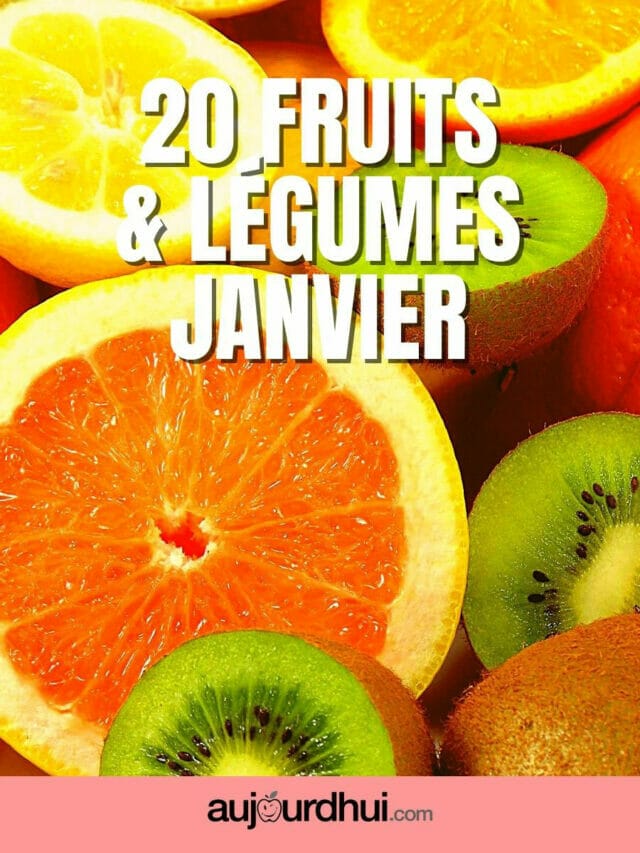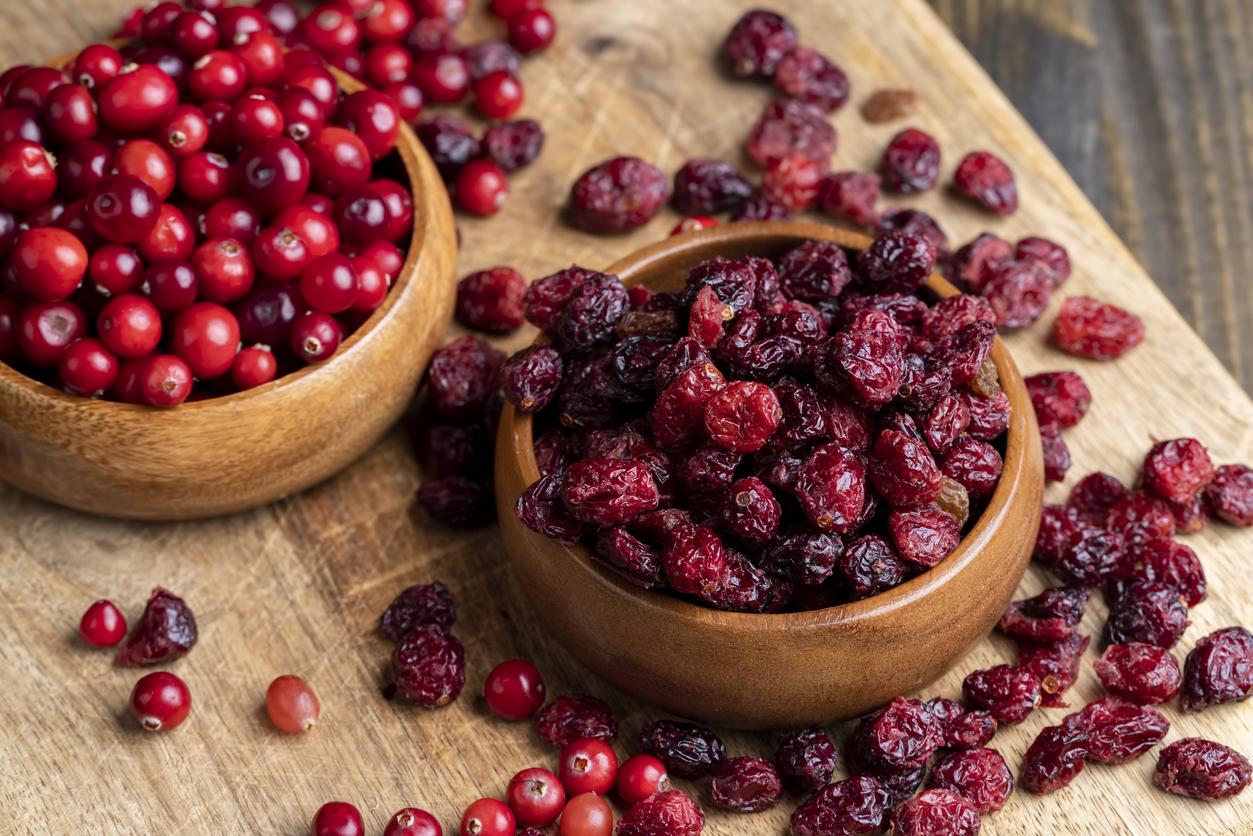Popcorn, a low-calorie snack
Popcorn is very windy and low in calories. Indeed 100 grams of popcorn represents a large bowl and only has 365 calories.
Grain by grain, popcorn is eaten slowly. It therefore makes it possible to reach the satiety threshold quite quickly. Therefore, it can be considered an interesting snack as part of a weight loss diet.
Popcorn is high in fiber
Corn is an unprocessed whole grain. Complete, it brings an interesting concentration of fibers. 100 grams of popcorn contains 13 grams of it, which is concentrated mainly in the bark that envelops it (the one that gets stuck in the teeth!). Essential for health, fibers allow good intestinal transit, blood sugar regulation and a decrease in bad cholesterol levels. They also limit the storage of excess sugar in the form of fat in the body. They are therefore allies of slimming diets.
Popcorn is rich in antioxidants
A serving of plain popcorn contains 300 mg of polyphenols, which is twice as much as a serving of fruit, according to the results of a study from the University of Scranton, in Pennsylvania (United States). Those antioxidants which protect cells from damage are also concentrated in the husk of the corn. But beware, this beneficial effect for health is only noticed when the grains are puffed plain, without fat, salted or sweetened moderately.
Popcorn is eaten in a thousand ways
Sweet, salty, buttered but also spice, popcorn goes very well with chili, saffron, cumin, curry and aromatic herbs. We can therefore vary the pleasures and occasions to eat it. It will replace crisps and peanuts as an aperitif and could serve as a snack. Gluten-free, it is suitable for intolerant people and those who suffer from celiac disease.
Popcorn: the right things to do to keep it healthy
Sweet, salty or buttered, you have to keep a light hand so that these puffed grains remain dietetically correct.
If you like it sweet, replace the low-nutrient refined white sugar with whole sugar, “rapadura” or “muscovado,” made from the juice of cane sugar. It contains minerals (potassium, calcium, magnesium, phosphorus, sodium, iron, copper, zinc, manganese, fluorine, etc.), vitamins (mainly A and B) and amino acids present in sugar cane. We of course avoid the caramel topping.
If you like it salty, opt for a “salt-free” (diet) salt composed, most of the time, of 50% sodium and 50% potassium and calcium (such as Salt and Balance of Cerebos, Minisel of The whale).
If you like it buttery, apply a thin layer of butter and choose this option for special occasions!
And of course, we avoid the popcorn sold in the cinema and industrial preparations, too fatty, sweet or salty.
Read also :
Negative calories: myth or reality?
Olives: good reasons to use them in my recipes
Goat’s milk: why is it more digestible?
















